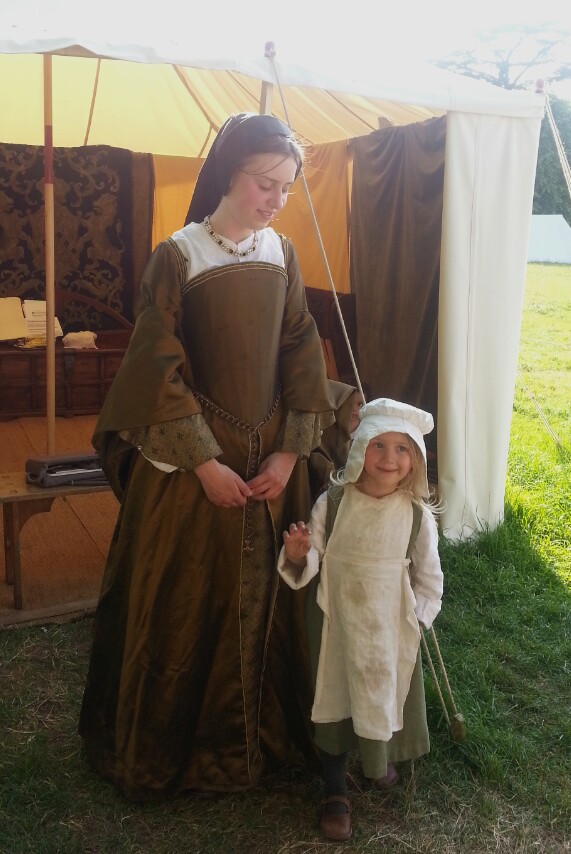
One of the best known landmarks in Bristol, UK, the Clifton suspension bridge first opened in 1864. It was built by the famous British engineer Isambard Kingdom Brunel, but it has recently become public knowledge that it was designed by a woman. Our science editor Sam Gouldson explains who she was and why her work isn’t more widely known.
Who really designed the bridge?
The Clifton suspension bridge was designed by a woman called Sarah Guppy. She was born Sarah Beach in 1770, but when she married her husband Samuel Guppy she took his name. She was one of the great British inventors of her time and the bridge isn’t the only thing she came up with.
What else did she design?
The invention that earned Sarah the most money was her device to prevent barnacles forming on the hulls of ships. Without barnacles the ships would be able to cut better through water and travel more quickly, and the Royal Navy paid her £40,000 for it. That may not sound like much for such a valuable design, but today it would be more than £2.3 million. Her other inventions included a kettle that not only boiled water for tea but could cook an egg and keep toast warm, a candle holder that could keep candles alight for longer and a way of treating boats so that they were more watertight. She also came up with the idea of planting willow and poplar trees on the embankments of new railways, to hold the earth together and prevent landslides.
Why isn’t she more famous?
Sarah lived during the Georgian and Victorian eras. In those times married women weren’t allowed to own property in their own name, and intellectual property such as Sarah’s inventions were no different. Her husband had to file the patents on her behalf, as the property of the Guppy family. The patent for her method of piling bridge foundations in order to create a new kind of bridge was filed in 1811, but she refused to charge others to use the idea because she felt it was for the benefit of the public. Thomas Telford, a civil engineer, used her design to build the Menai bridge in 1826, and when the competition to design the Clifton bridge was announced Sarah gave her work to Brunel. When she wrote to him to suggest the use of willow and poplar trees to reinforce railway embankments, she explained that she didn’t want the credit for her idea because she felt that women “must not be boastful”.
Featured image: Sage Solar/Flikr
Read More...






